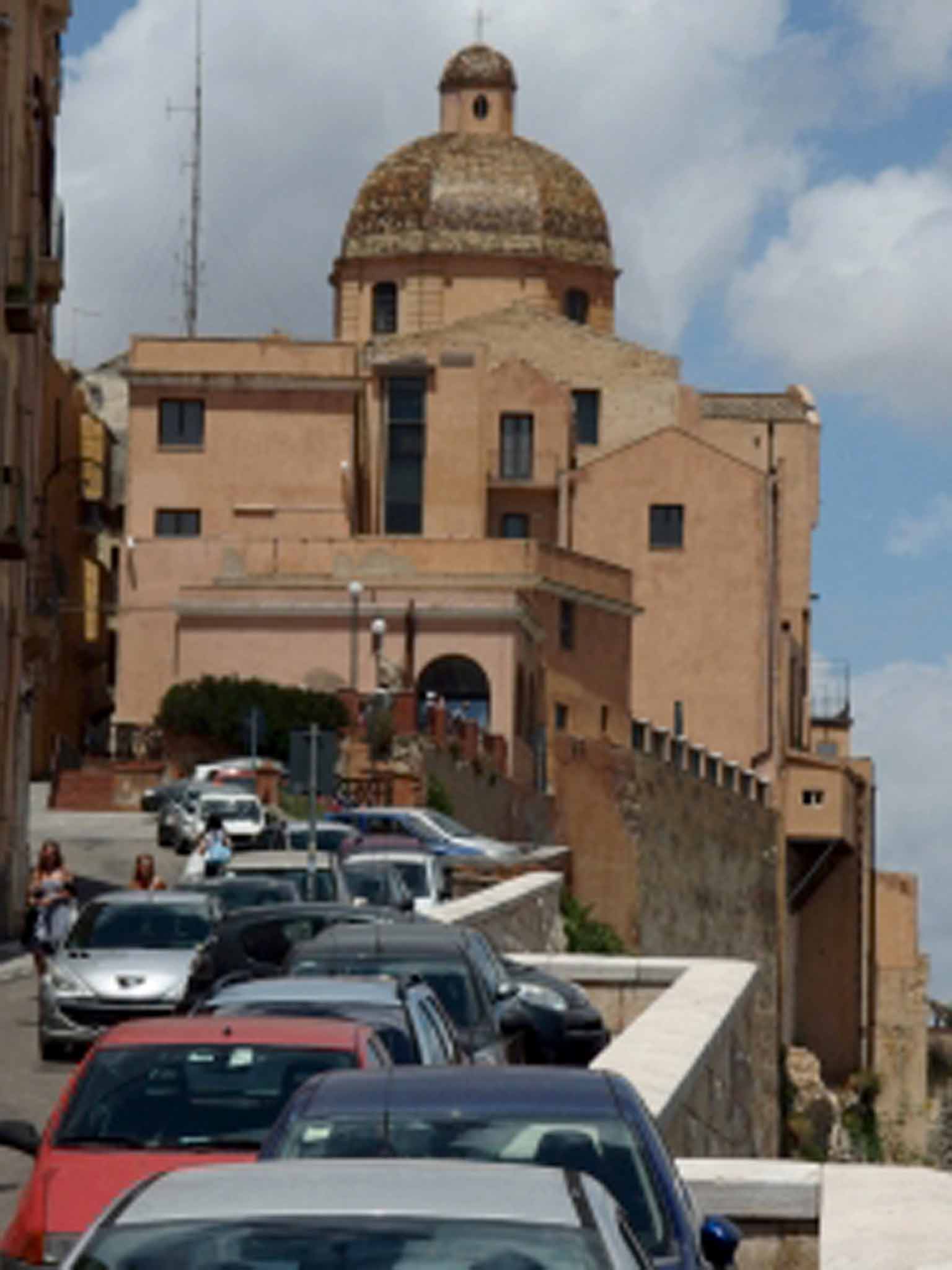How to park in Italy: Rented cars, permits, and parcheggios
The usual rule of following the practice of the locals often leads to a ticket, clamping or being towed away

Your support helps us to tell the story
From reproductive rights to climate change to Big Tech, The Independent is on the ground when the story is developing. Whether it's investigating the financials of Elon Musk's pro-Trump PAC or producing our latest documentary, 'The A Word', which shines a light on the American women fighting for reproductive rights, we know how important it is to parse out the facts from the messaging.
At such a critical moment in US history, we need reporters on the ground. Your donation allows us to keep sending journalists to speak to both sides of the story.
The Independent is trusted by Americans across the entire political spectrum. And unlike many other quality news outlets, we choose not to lock Americans out of our reporting and analysis with paywalls. We believe quality journalism should be available to everyone, paid for by those who can afford it.
Your support makes all the difference.The streets of Rome resemble an anarchic art installation, with Alfas and Fiats of uncertain vintage perched precariously on pavements, others squeezed against ancient stones or Baroque churches, all seemingly in flagrant contravention of parking rules, yet somehow immune to the attention of traffic wardens. Into this tagliatelli of transport arrives the unwitting tourist in a rented car.
The usual rule of following the practice of the locals often leads to a ticket, clamping or, worst of all, being towed away.
Even if you end the trip with the hire car and your record apparently unblemished, months later a letter may appear from an Italian institution demanding restitution for an infringement of the ZTL (zona a traffico limitato) – the central, historic area of most Italian towns and cities where daytime access is allowed only to vehicles with specific permits.
Some hotels within these zones are able to offer their guests temporary permission to enter, but until you are sure of this, whenever you see the red circular sign with ZTL, steer well clear.
Be careful, too, of the street parking places signified by blue lines, which indicate that you can park at a price (or, at night and/or on Sundays, free of charge). The rules for the meters or ticket machines are often complex and easy to transgress. Best ask a friendly local for advice – usually, a nearby shopkeeper or café owner will be well versed in what you need to know.
They may also be able to sell you a disco orario – parking disc – for use where streets are marked with white lines, indicating free parking for up to a certain time.
Even better, find a properly staffed parcheggio on the periphery of the city centre. They offer a degree of security as well as immunity from parking fines. The new car park under Piazza Cavour in Rome costs a modest €3.50 per hour.
Join our commenting forum
Join thought-provoking conversations, follow other Independent readers and see their replies
Comments